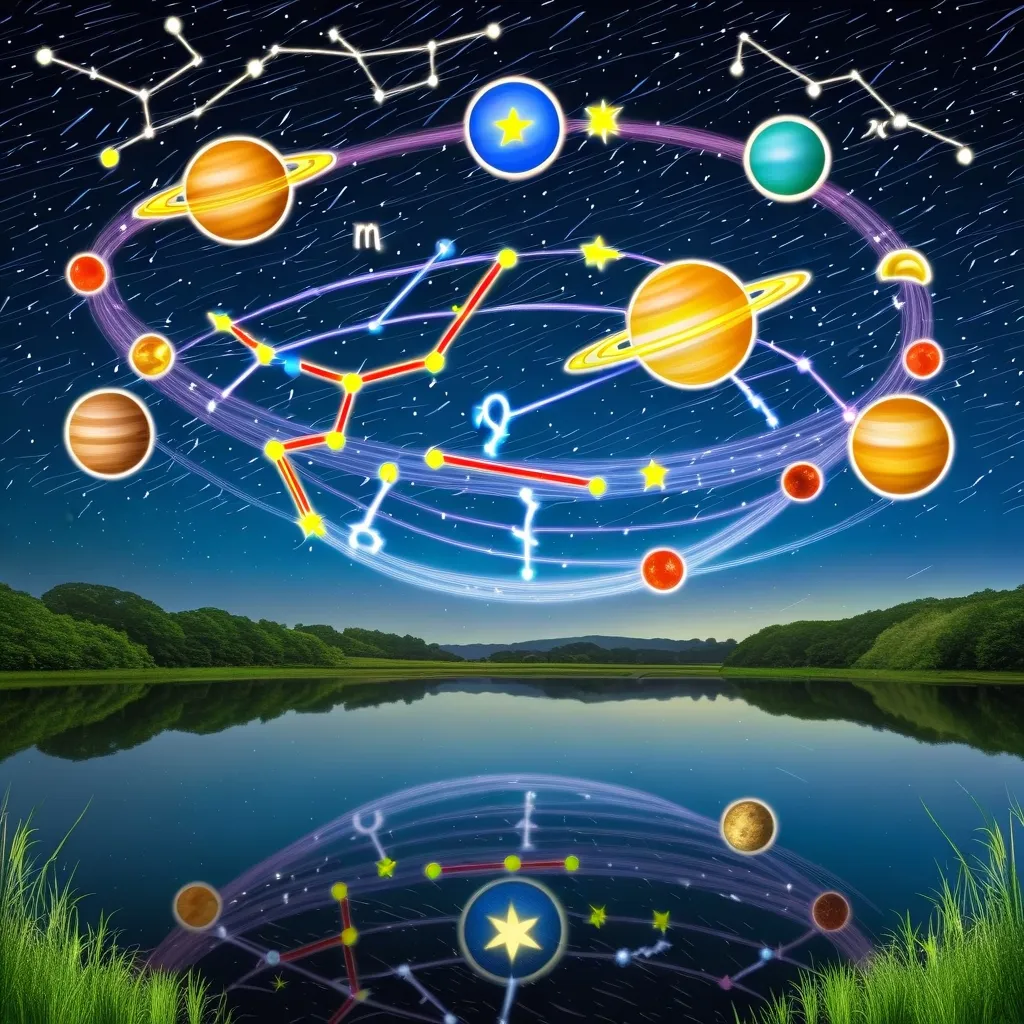In the vast and intricate landscape of yogic traditions, there exists a meditation technique that is both profound and often overlooked: Ajapa Japa. This practice delves into the subtle world where the boundaries between conscious effort and effortless awareness blur, leading to a state of constant meditation that harmonizes breath, mind, and inner sound.
To understand Ajapa Japa, we must first grasp the concept of Japa, which involves the intentional repetition of a mantra. This repetition can be vocal or mental and is a widespread practice across various spiritual traditions, including Hinduism, Buddhism, and some forms of Sufism. Japa requires conscious effort, focus, and often a ritualistic approach, using tools like a rosary or mala to keep track of the repetitions. The repetitive nature of Japa helps to focus the mind, calm emotional turbulence, and align one’s consciousness with higher states of awareness.
However, Ajapa Japa takes this practice to a more advanced level. The term “Ajapa” literally means “without japa” or “without effort,” indicating a state where the repetition of the mantra becomes spontaneous and effortless. In this state, the practitioner no longer needs to actively repeat the mantra; instead, it flows naturally and continuously in the background of their consciousness.
One of the key techniques in achieving Ajapa Japa involves the use of the Hamsa mantra, often represented as “SO HM” or “HM SO.” This mantra is intricately linked with the breath, where “SO” is chanted during inhalation and “HM” during exhalation. As you practice this synchronization, you begin to tune into the vibration of your breath, and eventually, you can hear the mantra resonating within you 15 times per second, a continuous hum that underlies every moment of your life.
This technique is part of kriya yoga and the chakra and kundalini meditation traditions. It bridges the gap between the conscious effort of Japa and the spontaneous state of Ajapa. By focusing on the natural rhythm of your breath and coordinating it with the mantra, you transition from a state of intentional repetition to one where the mantra flows effortlessly, like a silent whisper that accompanies every breath.
The journey to Ajapa Japa is not instantaneous; it requires dedication and consistent practice. Initially, you might start with a specific mantra, such as “SO HM” or other sacred syllables like “Om” or “Aum Namah Shivaya.” As you repeat these mantras, they become deeply ingrained in your mind, eventually flowing continuously without any conscious effort. This phase is often described as “listening to the mantra,” where the inner space of your mind is filled with its sound, creating a state of deep concentration and relaxation.
Ajapa Japa is more than just a meditation technique; it is a way of life. It transforms every breath into an opportunity for spiritual awakening, turning daily activities into a continuous meditation. Imagine washing dishes or driving, and suddenly, the mantra arises in your mind without any effort. This spontaneous emergence of the mantra is a sign that you are progressing towards the state of Ajapa Japa.
The connection to kundalini energy is another significant aspect of Ajapa Japa. Kundalini, often depicted as a coiled serpent at the base of the spine, represents dormant spiritual energy. The practice of Ajapa Japa can help awaken this energy, allowing it to rise through the chakras, or energy centers, in the body. This awakening is believed to bring about profound spiritual growth and self-awareness.
In the yogic tradition, every breath is seen as a sacred opportunity. By integrating Ajapa Japa into your daily life, you can turn each moment into a meditation. This practice not only deepens your focus and concentration but also promotes relaxation, reduces stress, and cultivates positive emotions like love, compassion, and gratitude.
The benefits of Ajapa Japa extend beyond the realm of meditation; they permeate every aspect of life. It increases self-awareness, helping you understand your thoughts, emotions, and actions more clearly. It enhances physical well-being by promoting a state of inner calm and balance. Moreover, it connects you with the divine, aligning your consciousness with higher states of awareness.
To practice Ajapa Japa, you don’t need a specific setting or environment; you can do it anywhere. Sit comfortably, close your eyes, and allow the mantra to arise spontaneously. You might start with a conscious repetition, but as you progress, the mantra will begin to flow on its own. This is not just about hearing the mantra; it’s about feeling its presence deep within your being.
As you delve deeper into Ajapa Japa, you’ll find that it offers fresh insights into the nature of consciousness. It reveals that consciousness is not just a product of the mind but an inherent part of our existence. The power of breath, often overlooked in our busy lives, becomes a gateway to this deeper consciousness. Each breath is a reminder of the mantra that resonates within, a silent whisper that guides us towards inner silence and spiritual growth.
Incorporating Ajapa Japa into your life is a journey, not a destination. It’s about cultivating a continuous awareness that transcends the boundaries of traditional meditation practices. Whether you’re a seasoned meditator, a yoga enthusiast, or simply curious about mindfulness, Ajapa Japa offers a unique and profound approach to harmonizing your breath, mind, and inner sound.
As you embark on this journey, remember that the goal is not to achieve a specific state but to allow the natural flow of the mantra to guide you. It’s about surrendering mental effort and allowing the unbounded consciousness to realize and experience the mantra. In this surrender, you’ll find a deep source of peace and calmness, a center of well-being that accompanies you in every moment of your life.
Ajapa Japa is more than a technique; it’s a way of living that integrates meditation into every breath, every thought, and every action. It’s a reminder that spirituality is not something we practice in isolation but something that permeates every aspect of our lives. By embracing this practice, you can turn your daily life into a continuous meditation, where every moment is an opportunity for spiritual awakening and growth.






